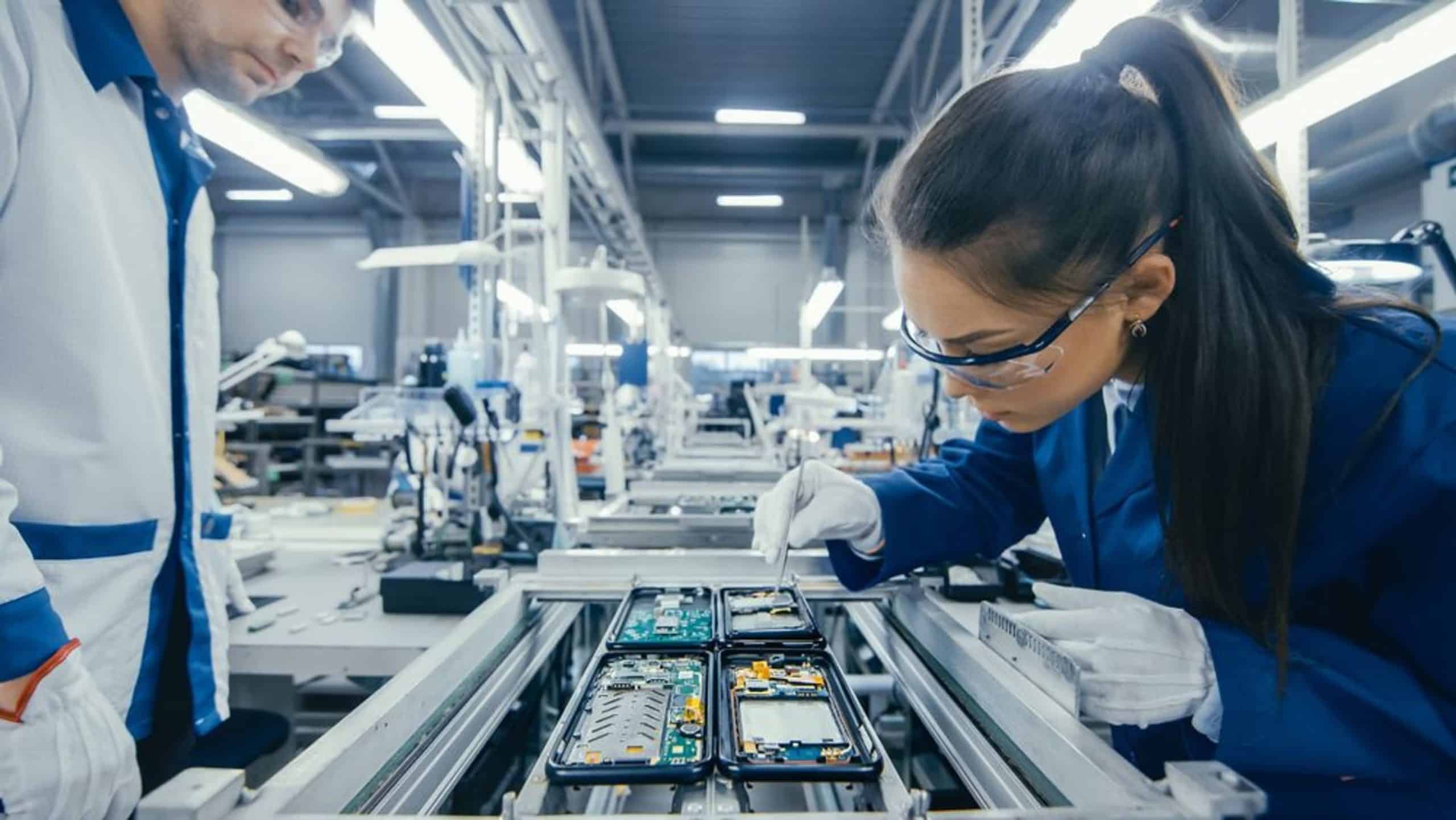Key Takeaways
- AI adoption in manufacturing can lead to a “J-curve” in performance, causing initial productivity drops of up to 60%.
- Proactive HR leadership can mitigate the negative impacts of the J-curve by focusing on trust and communication.
- The human element is crucial; companies neglecting employee concerns may experience steeper declines during AI transitions.
- Effective change management involves training and upskilling employees for new technologies to ensure successful AI integration.
- Companies like Torani boast high employee retention (90%) through collaborative practices and profit-sharing, exemplifying positive change leadership.
- Manufacturers like Bosch have successfully trained over 65,000 workers at their AI Academy to prepare for technological shifts.
The manufacturing industry is on the brink of monumental transformation, driven by the relentless advancement of artificial intelligence (AI). While AI promises increased productivity and efficiency, the path to realizing these benefits can be fraught with challenges, notably the infamous “J-curve.” This phenomenon describes the initial downturn in performance that companies often face during AI adoption, followed by a potential rebound if managed well. For manufacturing firms, understanding and navigating this curve is critical, and HR leaders play a pivotal role in this journey.
Understanding the AI-Induced J-Curve in Manufacturing
The concept of the J-curve is not unique to technology but is particularly pronounced in AI adoption within manufacturing. As companies implement AI solutions, they might encounter a significant initial decline in performance metrics. According to a study referenced in a recent blog, productivity could drop by up to 60% before eventually climbing, yielding gains in revenue and market share.
However, this downturn is not just about numbers; it reflects deeper issues such as employee stress, resistance to change, and hits to morale and retention. These human factors significantly dictate the shape of the J-curve.
The Role of HR in Mitigating J-Curve Effects
1. Proactive Change Management
HR leaders have the responsibility to steer the workforce smoothly through the transition period. Focusing on trust, open communication, and workforce readiness can alleviate resistance and foster a supportive environment for change. By acting as catalysts for change rather than mere enforcers, HR professionals can help flatten the J-curve, leading to a quicker recovery.
2. Training and Upskilling
Training is the bedrock of successful AI integration. By equipping employees with the necessary skills to manage new technologies, companies can not only ease the transition but also empower their workforce for future opportunities. For instance, Bosch—a leading manufacturer—has successfully trained over 65,000 workers through its AI Academy, setting a precedent for scaling up workforce capabilities in line with technological advancements.
Real-World Examples of Successful HR Strategies
Torani’s Collaborative Approach
Midsize company Torani exemplifies effective change leadership through its collaborative practices and profit-sharing model. With an impressive employee retention rate of 90%, Torani has demonstrated that prioritizing employee collaboration and trust can lead to sustained success even during technological upheavals.
Bosch’s AI Academy
Bosch’s proactive approach to training underscores the crucial role of deliberate upskilling in ensuring a smoother AI adoption process. By establishing a structured learning environment, Bosch not only mitigates potential dips in performance but also positions itself as a future-ready leader in manufacturing.
Practical Steps for Managing AI Change in Manufacturing
- Conduct Change Readiness Assessments: Regular audits of employee sentiment and openness to change can provide valuable insights and form the basis for tailored change management strategies.
- Develop Communication and Feedback Loops: Implement systems for transparent communication, such as regular town halls, feedback sessions, and pulse surveys to keep employees informed and engaged.
- Implement Role-Specific Training Programs: Offer role-specific AI, robotics, and analytics training to ensure every employee is equipped to navigate the technological shifts.
- Foster an Inclusive Change Culture: Cultivate a culture where change is seen as a collective opportunity rather than an individual threat. This includes emphasizing the value of each employee’s contribution to the company’s AI journey.
AI adoption in manufacturing is as much a human challenge as it is a technological one. As companies embark on this transformative journey, the importance of proactive, empathetic, and strategic HR leadership cannot be overstated. By prioritizing the human elements of change, manufacturing firms can not only navigate the J-curve effectively but also lay the groundwork for a more innovative and productive future.




